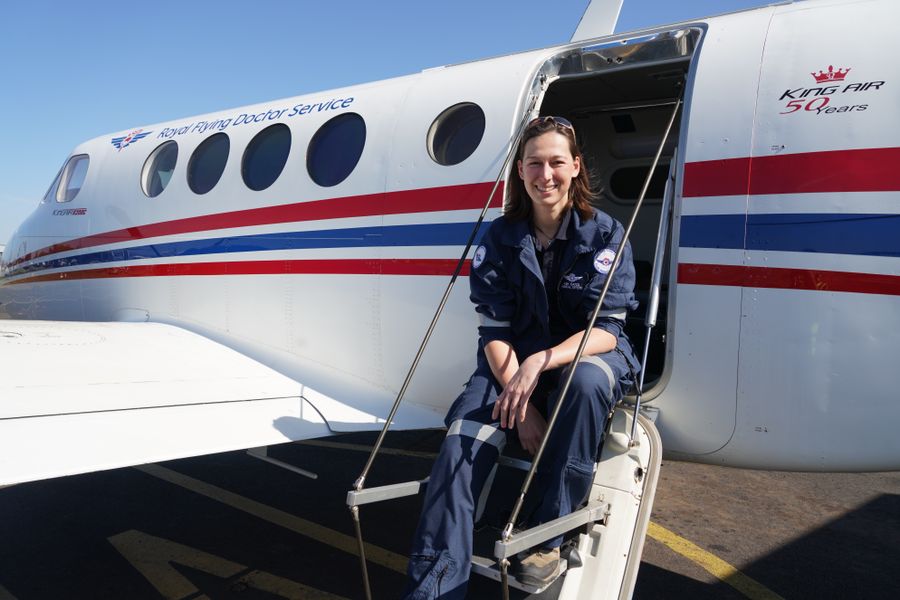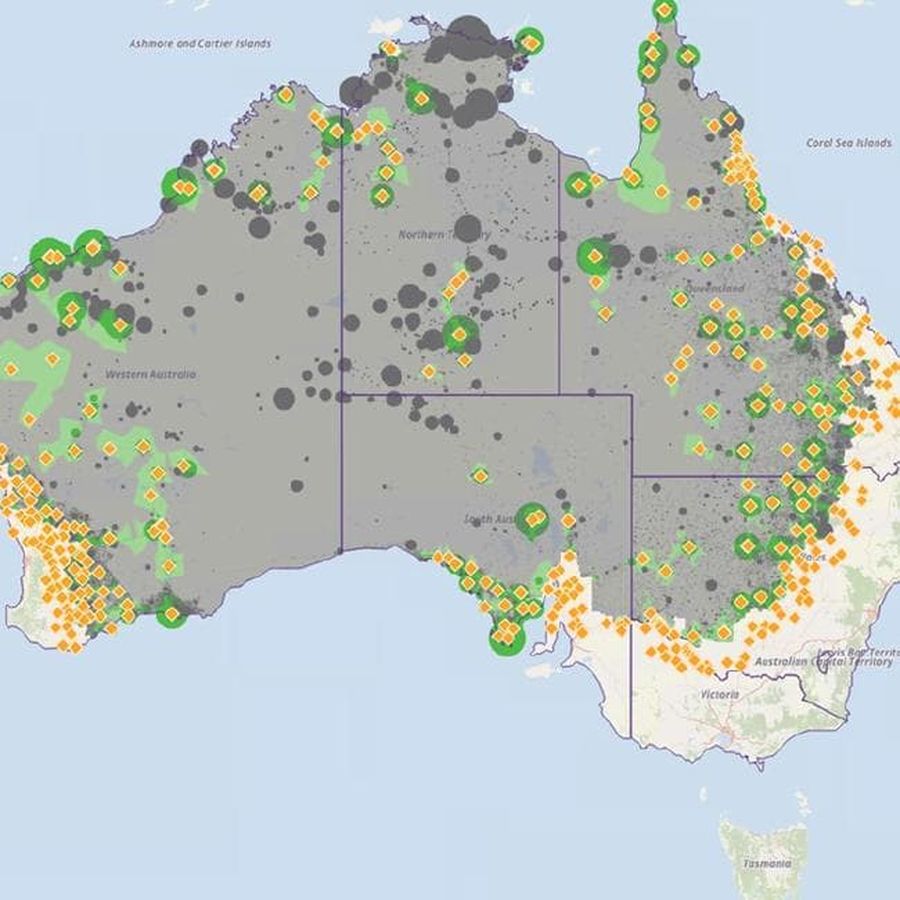
Last year, the Royal Flying Doctor Service had to fly 1383 women in a medical emergency from rural areas to a maternity hospital, more than double the number in 2014/15.
RFDS CEO Martin Laverty says this is a direct result of fewer local maternity services.
“It’s often impossible to retain gynaecologist obstetricians or general practitioners with obstetrics training in many country towns,” Mr Laverty said.
“The result is loss of local maternity services, and the RFDS flying expectant mothers in emergencies when bub decides to come early or arrive with complications.”

RFDS emergency retrieval specialist Dr Kiri Oats (pictured) said often mums had to deliver their babies on the tarmac before the RFDS plane took off because it was too risky to have the birth happen in flight.
“It is worrying that there is a lack of local resources or they have been taken away, mothers don’t want to be isolated from home for one of the most important events in their lives but they are left with no choice because they pick safety,” she said.

Hundreds of rural towns are now at least an hour’s drive from a maternity unit.
This map shows regions that don't have reasonable access to a health service. The greyed area shows regions more than 60 minutes' drive from a maternity service. Greened areas are within 60 minutes to maternity. The large grey dots are significant populations with no maternity coverage. The larger the dot, the larger the community.
News Corp has made rural health a major election issue after they revealed government subsidies have failed to fix the rural health crisis.

